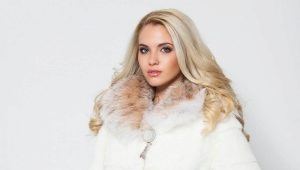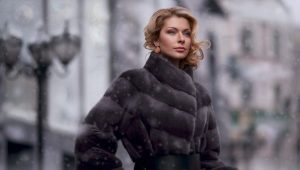How to choose a quality coat

What to look for when buying
Landmarks when buying a fur coat for everyone. One person acquires it, counting, first of all, on its functional qualities: to warm, be comfortable and serve for a long time. Another wants her to be beautiful and fashionable. The third is guided by the price of the product when choosing. Most buyers strive to meet all these criteria, but objectively the main ones are those due to which the fur coat was once invented: to enjoy its warmth, comfort and beauty in the cold of winter, and as many seasons as possible.
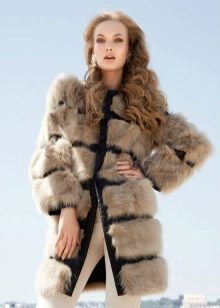
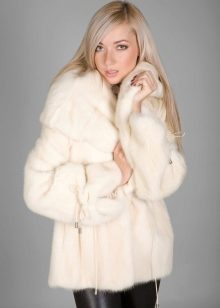



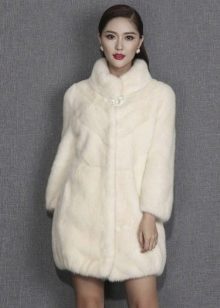
What you need to know in order to choose a quality item?
Type of fur or from whom the future new thing. It defines:
- ability to keep warm
- best before date,
- compliance with the climate of residence of the owner,
- external qualities.




The variety of fur animals is so great that the range of fur coats these days is simply huge. All of them differ in color, length, hair density, luster, water-repellent properties and, in turn, have subspecies that offer variations of these features.


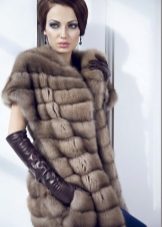
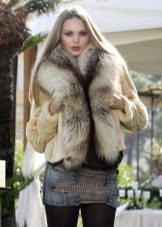
Treatment
Processing of fur skins. Can enhance or weaken the natural parameters of the fur. Such processing is understood as coloring, toning, cutting, plucking.
Sometimes processing is used to improve the appearance of not the best quality fur. For example, coloring or toning can give the hairs the missing shade and shine.Flawless in its natural color, fur can also be dyed or tinted in order to completely transform its color or make it unusual. If the dyeing was done in compliance with the technology and suitable dyes, then the properties of the fur will not deteriorate at all. Shearing and partial plucking of hair is one of the ways to diversify the range of products, giving the fur new properties. Such products look very elegant, have a more sophisticated silhouette, but are considered less wearable and warm.


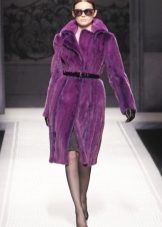

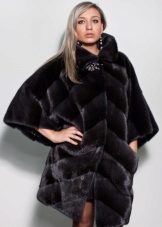
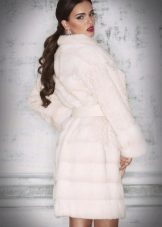
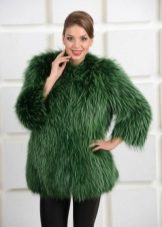
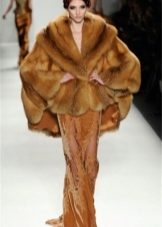
Raw material quality
The skins are dressed to be suitable for sewing: soft and elastic. This is done in 4 steps:
- 1st: the skin is pre-cleaned from meat fibers, fat, other contaminants and soaked,
- 2nd: remove the remnants of the veins,
- 3rd: carry out tanning of the skin,
- 4th: finally cleaned and dried after the previous steps.
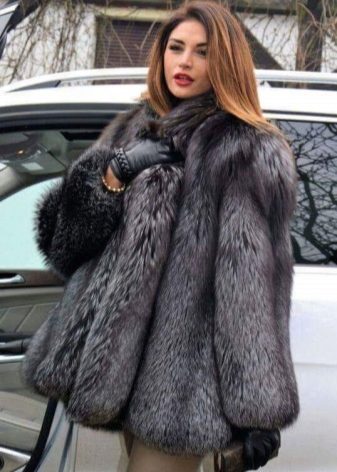
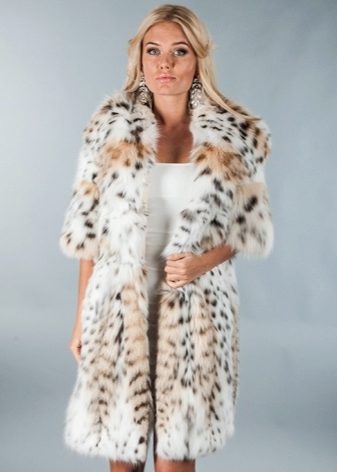
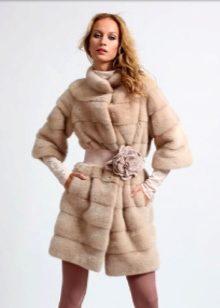

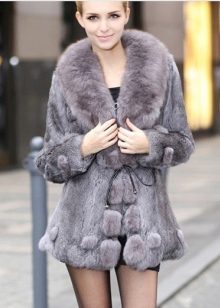
It is the dressing technology that distinguishes fur coats made in a good factory from those made in handicrafts.. "Home-made" can have a tougher skin with less sheen of fur and even emit an unpleasant odor, which will only intensify in the future. Improper dressing can greatly reduce the life of the product, worsen its appearance and useful properties.



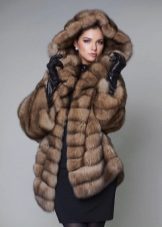
Tailoring quality. Depends on:
- sizes of skins to be sewn: whole or fragments,
- the evenness of the seams and the strength of the threads,
- good fabric lining.
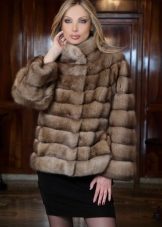



It is better that the product was sewn from whole skins. If it is created from their parts - less than 15x15 cm, then it will begin to break apart after 2-3 seasons. A fur coat made from pieces should cost 20-30% cheaper.
The exception is a special type of tailoring, which is often used by Italian manufacturers. This is a rather expensive technology, in which small pieces are carefully matched to each other using a computer and sewn together "along the bias". Due to the accuracy of the selection on the front side, the fur coat looks like it was sewn from whole skins, and sometimes more interesting: the fur fabric flows beautifully and, it seems, even shines more than usual. Fur coats sewn using this technology cost the same as those sewn from whole skins, but they will last less.

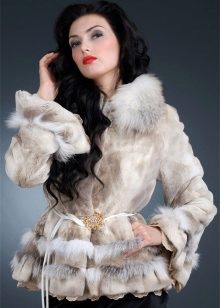
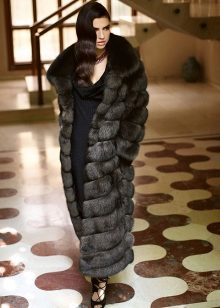
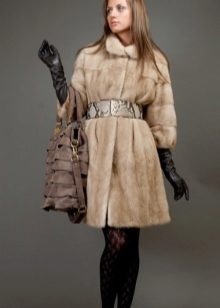


It is important that all elements of the canvas are sewn, and not glued.. Glue is afraid of moisture and will withstand a maximum of one season. The seams on the lining, where it connects to the fur fabric, also need to be examined: if there are any defects in the sleeves, collar, if the threads stick out. The lining fabric must be of the right type. A good manufacturer will not use inappropriate material for lining.


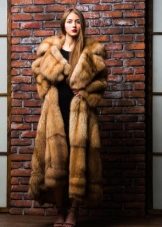
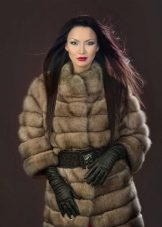
Important Tips
- Look at fur. Knowing the characteristics of different animals, you can easily distinguish the original from the fake. So the silver fox, which is often mistaken for the fox, is easy to recognize by looking at the color of its hairs: they are gray at the root, white in the middle, and black at the tips. The fox is two-colored. Nutria is sometimes passed off as a beaver, which is more expensive. Remembering that he is also fluffier, it is not difficult to recognize the deception. Besides, on the fur coat there should be no bald spots, traces of rust, discolored places.



- Touch the fur. Good when stroking against the wool quickly returns to its place. When twitching, the hairs should not fall out. And if the product was painted, it is necessary to check the quality of staining: run it over it with a damp, light-colored cloth and see if traces of paint have appeared on it.

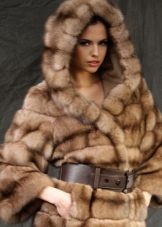
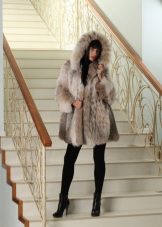

- Examine the mezdra - the reverse side of the canvas. Conscientious manufacturers specifically leave the lower hem not completely hemmed for this. The correct core is soft, elastic, light gray, without cracks. Even with dyed skin, it remains so. If yellow, then the fur is old, and the new thing will not please you for long. If the mezdra creaks or rattles when shaking, it means that there were violations at some stage of working with raw materials.
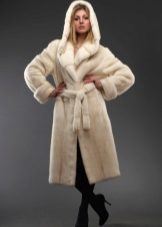



The service life is determined by the wear resistance (wearability) of the fur. The higher it is, the better the ability of the pile to withstand snow, rain, bright sunlight and active use, including when traveling by public transport. Processing hides, in which the hair is plucked, sheared or dyed, shortens the life of the fur coat.
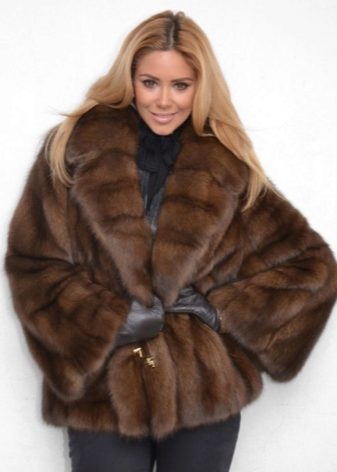
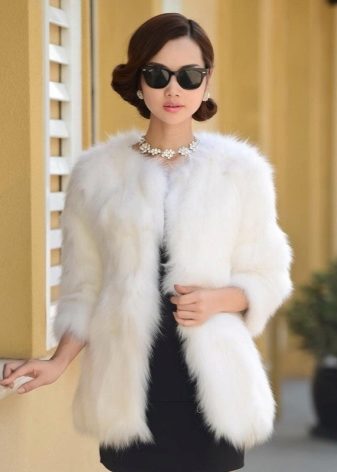
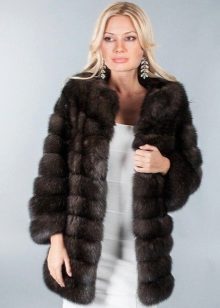


What is the warmest coat
If the champions in fur wearing are waterfowl with a heavy, thick, shiny pile, then in terms of the ability to keep warm, the victory will be for the most fluffy, with a long and dense hairline that contains more air.


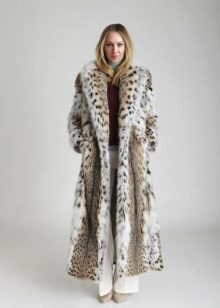


Reindeer and bear skins are the warmest, therefore they are suitable for the harsh conditions of the Far North and are found mainly only there. Of the more accessible:
- Very warm, perfectly warming in winter at the lowest temperatures: arctic fox, raccoon, fox, wolf, sable, marten, hare.
- Waterfowl - beaver, coypu, otter, also warm well and are especially good in a more humid climate.
- Moderately warm, for regions with a moderately cold "European" winter: mink, Siberian weasel, astrakhan fur.
- Cold, intended rather for beauty: ermine, chinchilla, goat, rabbit, marmot, gopher, hamster.
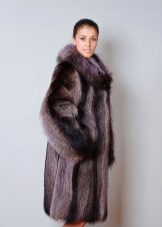

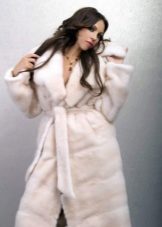

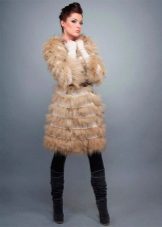

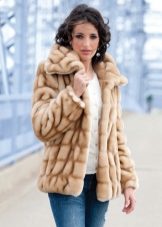
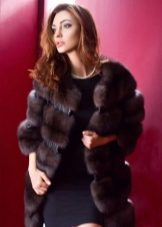
What is the lightest coat
The weight of outerwear determines the comfort of its use. As a rule, weight is inversely proportional to the ability to keep warm.Therefore, the thinner, softer and lighter the skin, the colder it is. And here everyone determines for himself what is more important for him: the lightness of a thing or the amount of warmth that it gives.
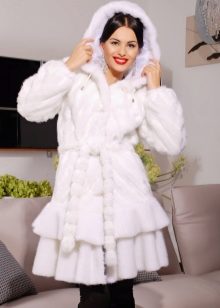


- Fur coat from: hamster, hare, gopher - easier than everyone.
- Average by weight from: rabbit, nutria, muskrat, mink, ferret, squirrel.
- BUT the heaviest from: otter, beaver, arctic fox, sable, wolf, raccoon, astrakhan.

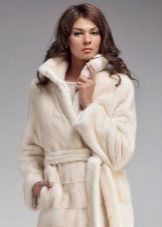


Although the fur coat, which is light in weight, is comfortable to wear, it should be understood that its excessive lightness may indicate that the skins were greatly stretched to save raw materials. Shearing and partial plucking of the hairs also lighten the fur. Due to all these manipulations, its ability to warm and shelf life are reduced.
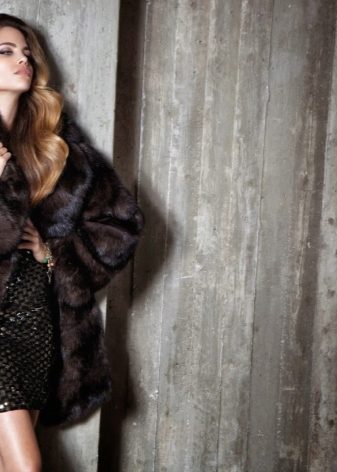
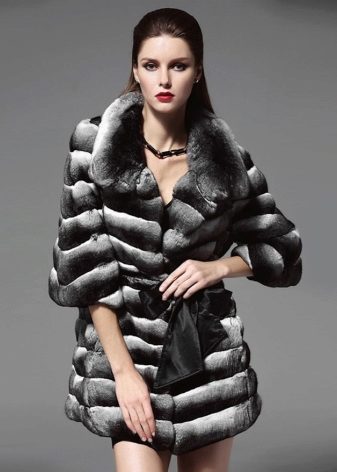



In modern production, they began to do this with naturally heavy furs in order to lighten them and make them more comfortable to wear. There is even a special category of clothing - summer fur coats.. They are preferred by those who cannot part with such a spectacular accessory in the summer, putting it on in an effort to look especially stylish.

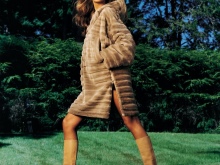

Car enthusiasts also often choose lightweight fur coats.
























